
Best Earth Images of the Week - March 29, 2013
Across the ocean
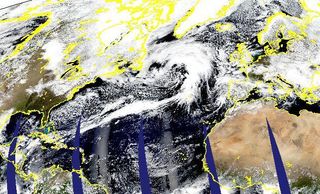
There is currently a massive storm churning over the Atlantic that spans the entire ocean basin, stretching all the way from Canada to Europe, and from Greenland to the Caribbean.
It's the same weather system that brought a massive spring blizzard to much of the United States and Canada earlier this week (on Tuesday (March 26), 44 of 50 states had some snow on the ground), and which has now ballooned in size, according to Jason Samenow, chief meteorologist with the Washington Post's Capital Weather Gang.
[Full Story: How a Storm Became Big Enough to Span the Atlantic]
The past comes back

With a loud roar, a seaside cliff collapsed into the ocean yesterday on Washington's Whidbey Island, destroying a home and threatening some 30 more.
The 1,000-foot (300 meter) slide broke free about 4 a.m. local time, waking residents and sending one man fleeing from his house, which now sits on the beach. Damage occurred to a road leading to beachfront homes and power and utility lines, according to the Seattle Times.
[Full Story: Glacial Legacy Set Stage for Washington Landslide]
Unexpected beauty
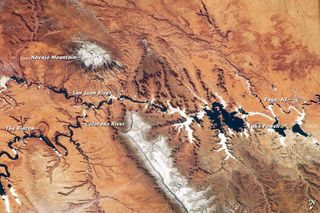
A jagged scar etched in copper-colored rocks, the Colorado River's channel curls through one of the world's most scenic landscapes.
Draining seven states and two countries, the river is one of the Southwest's most important water sources. One of its major reservoirs, Lake Powell, can be seen from space in a photo snapped March 12 by an astronaut aboard the International Space Station.
[Full Story: Grand Canyon Country Reveals Jaw-Dropping Scenery]
Odd find
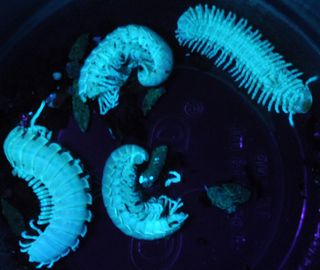
A plan to eliminate rats on Alcatraz, home to the famous old prison in San Francisco Bay, led to the discovery of an unfamiliar glowing creature never before seen on the island.
In early 2012, National Park Service employees placed a non-toxic dye into food for rats to eat; the dye makes the animals excrete fluorescent droppings that glow under black lights, making it easier to track the rodents. A group of workers and volunteers from the UC Davis' entomology club canvassed the island using black lights to search for evidence of rats, which threaten populations of birds on the Rock.
[Full Story: Glowing Millipedes Accidentally Found on Alcatraz]
Record breaking Spring
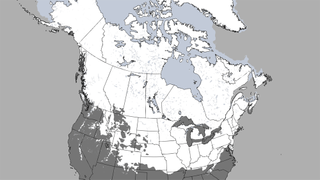
Springtime: the time for flowers, newborn animals ... and snow. Nearly half of the United States is currently covered in snow, including most of Canada, as can be seen in this image from the National Oceanic and Atmospheric Administration.
That's the largest extent of snow cover at this point in the season in at least 10 years, according to NOAA. Much of the snow came from a massive spring blizzard that dropped snow throughout the Midwest and East Coast, breaking records in many cities.
[Full Story: Spring Image: Snow in Nearly Half of US]
Curious as a cat
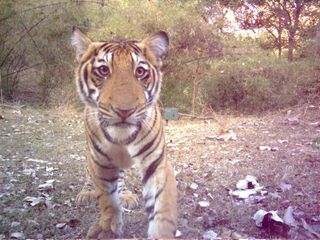
Cats, whether house-size or larger, are known for their curiosity. A tiger cub in India's Bhadra Tiger Reserve was no exception, as it was photographed inspecting a remote camera set up in the park to monitor its species.
The cub is estimated to be about four to five months old, according to a release from the Wildlife Conservation Society (WCS), which conducts animal surveys in the area and helped place the camera that captured the young tiger's image. A second camera can be seen in the background of the picture.
[Full Story: Camera Trap Snaps Curious Tiger Cub]
Strange sight
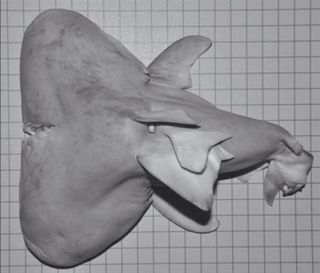
When a fisherman caught a bull shark recently off the Florida Keys, he came across an unlikely surprise: One of the shark's live fetuses had two heads.
The fisherman kept the odd specimen, and shared it with scientists, who described it in a study published online today (March 25) in the Journal of Fish Biology. It's one of the very few examples of a two-headed shark ever recorded there about six instances in published reports and the first time this has been seen in a bull shark, said Michael Wagner, a study co-author and researcher at Michigan State University.
[Full Story: 2-Headed Shark Fetus Netted by Fisherman]
Sign up for the Live Science daily newsletter now
Get the world’s most fascinating discoveries delivered straight to your inbox.
Security system
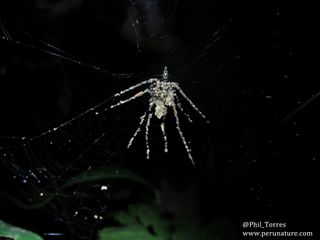
Deep in the Peruvian Amazon lurk strange creatures and unique animals and sights, including spiders that make large spider-shaped decoys in their webs, unusually hairy caterpillars and atmospheric specters called solar halos.
These amazing finds were spotted by Jeff Cremer, marketing director for Rainforest Expeditions, an ecotourism company that hosts guests in the Peruvian Amazon and organizes trips to the jungle.
[Full Story: 5 Strange Sightings in the Peruvian Amazon]










